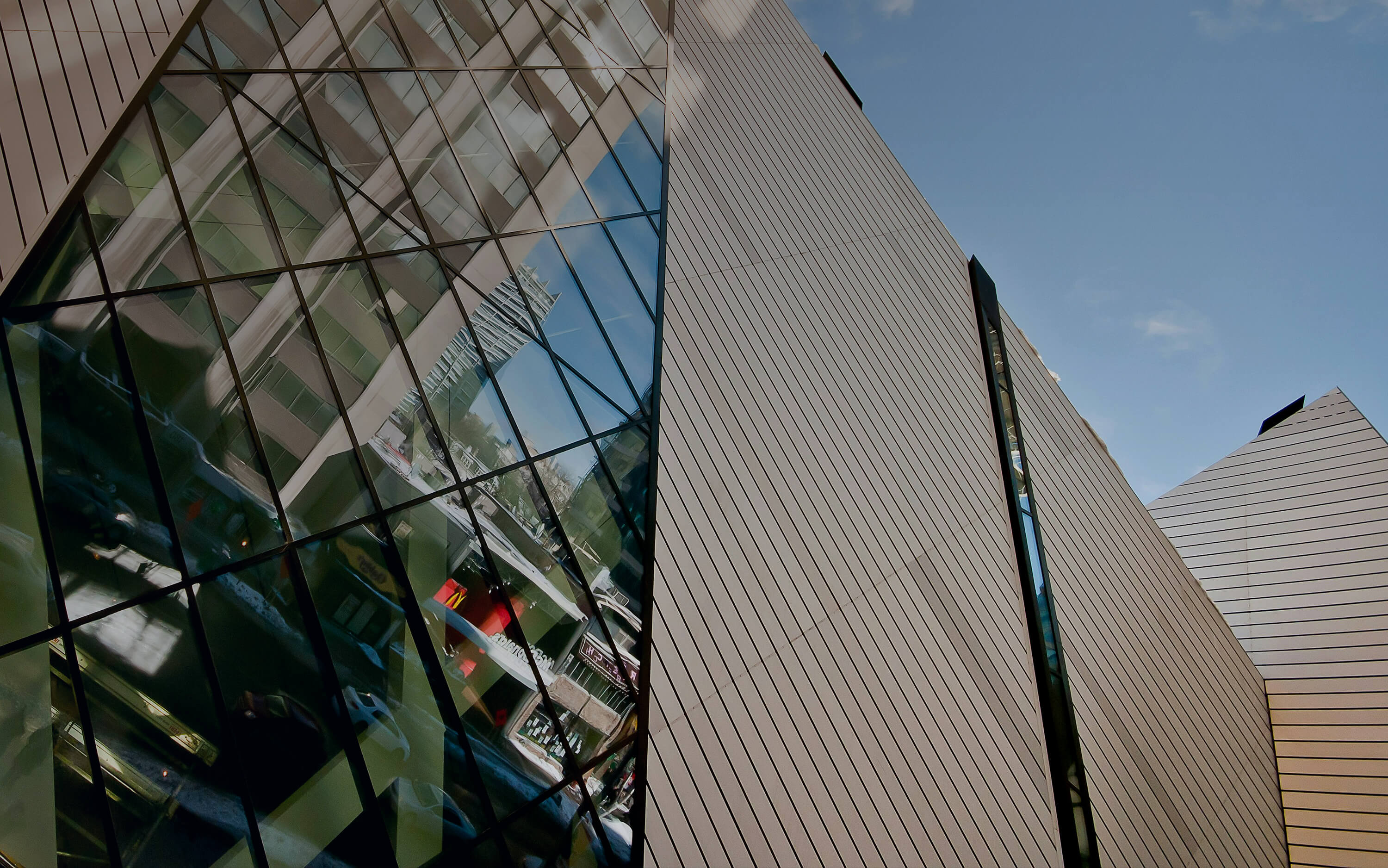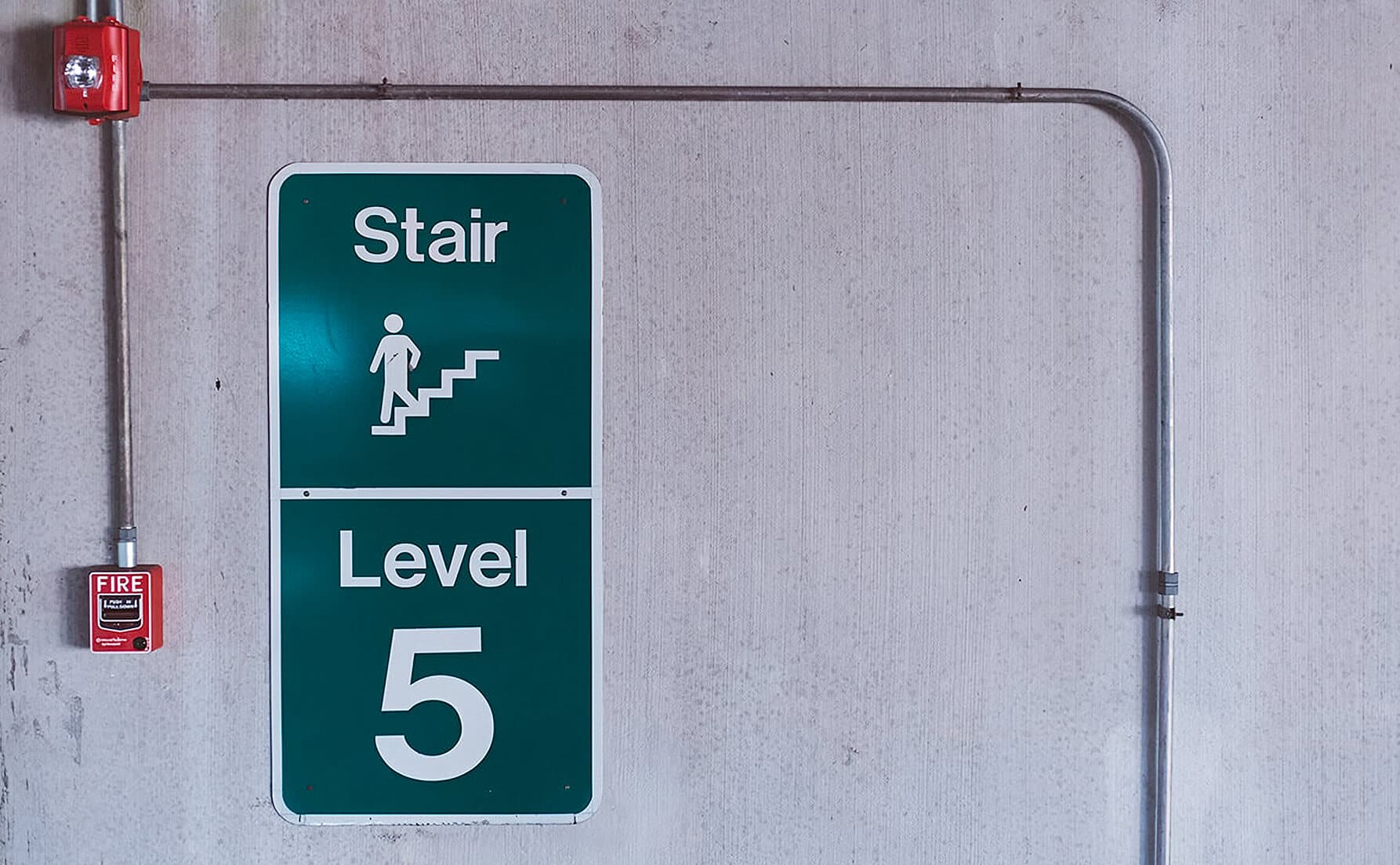


What is often overlooked surrounding these cladding disasters, however, is that Grenfell Towers saw 71 lives lost, while here in Australia, everyone survived. Australia’s stringent regulations ensure that even in the event of a fire, automatic sprinklers, alarm systems, and accessible fire exits help tenants, residents and visitors evacuate a building safely and quickly.
Cladding safety is an extremely complex, challenging and critical topic, however it’s not an issue that will resolve overnight. While experts collaborate and deliberate on this matter, building developers and property managers still have a number of fire safety decisions to make that are within their control and can be implemented quickly.
As the Neo 200 fire proves, if the right fire safety systems are in place, lives can still be saved – even in the event of a fire that is being fueled by unsafe cladding.

In Australia, we have seen the pivotal role of well-maintained wet fire systems (such as sprinklers) and dry fire systems (like smoke detectors) in preventing wide-scale disasters.
As our duty of care to our clients and community, we wanted to take this opportunity to remind you of the preventative measures you can take today to secure your building and improve the safety of everyone inside. Building cladding considerations are just one component of fire safety measures you can take.
Is your residential or commercial building (new or established) equipped to handle a fire? Answer the questions in our quick quiz below to get your score and see how your fire safety measures stack up. For every ‘yes’, score yourself one point.

For each question you answered with a ‘yes’, give yourself one point.
Your ranking:
Remember that even if you rank a perfect 10 out of 10 score, you still need to stay on top of your fire safety measures and not become complacent. If you received a poor or average ranking, don’t worry – you are already taking proactive measures to improve your situation by reading this article, and there’s plenty we can do to help you become more compliant quickly.

As you can see from the quiz, there are a number of ways you can prevent the effects of a fire – the goal is to ensure you are across all of these methods.
Critical defects can appear on fire systems in various places, and inappropriate cladding is just one of these areas.
Fires can spread for any number of reasons, but if you create a safe environment for the people living and working in your building, then you will reduce the risk of a preventable disaster significantly.
The good news is that there are a number of different safety measures you can take – such as ensuring the proper safety plans are in place, the right fire system is installed and your staff are adequately trained – to make sure a tragedy never occurs.
Are you in need of a fire safety overview? Get in touch with us today and we can work together to ensure you are compliant with all safety regulations.
Call us now with your assessment result and see how we can help get you to a perfect score and keep you there.